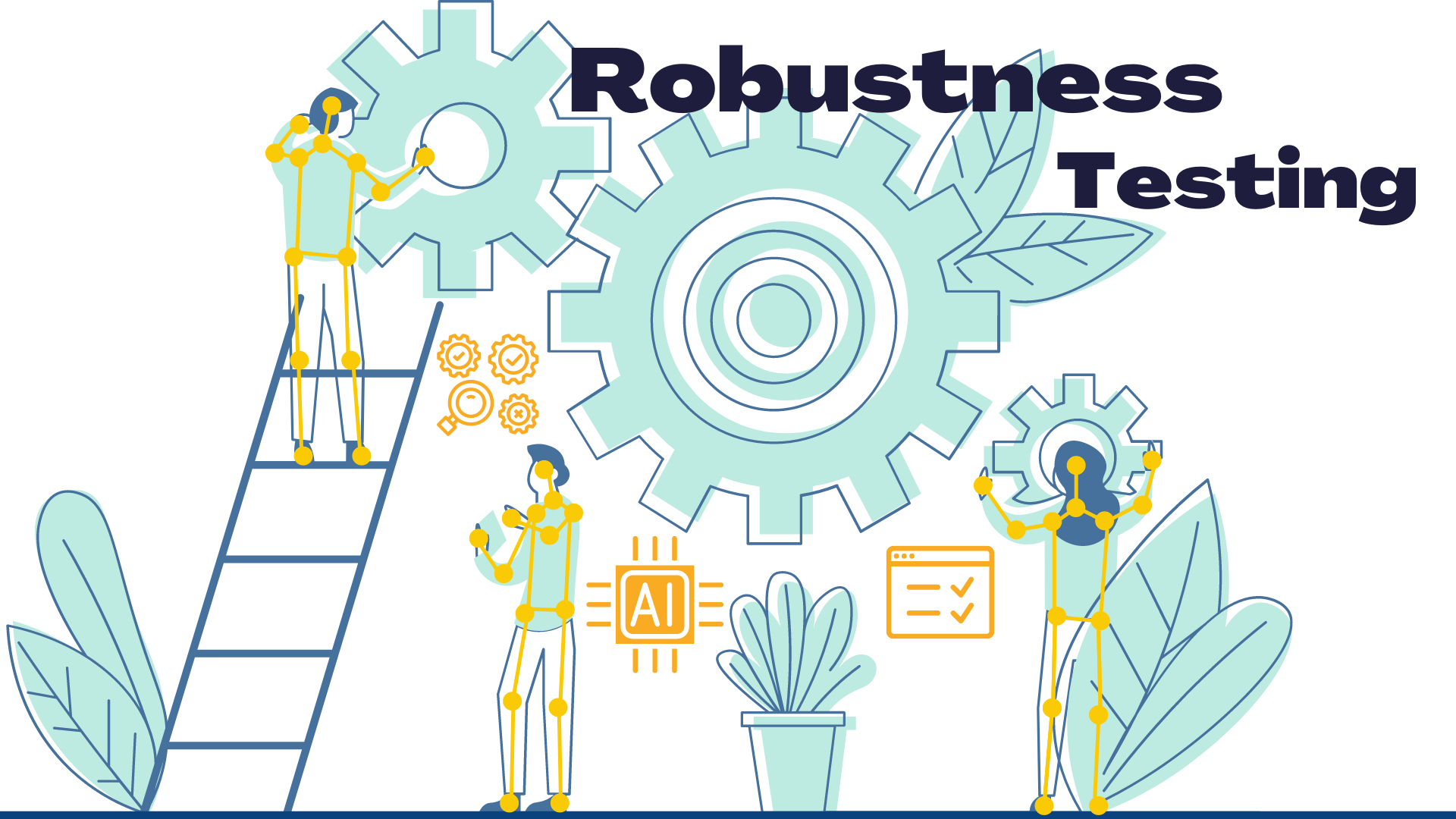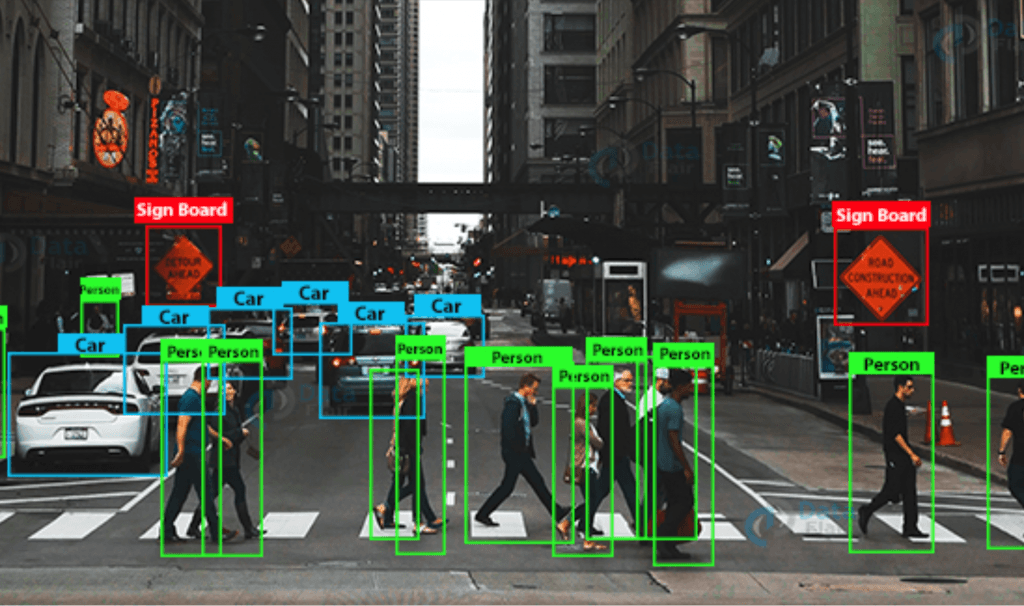Back
How large language models work and their applications
Innovative research allows us to create AI solutions that exceed expectations, providing our clients with a competitive advantage and the security of their business
Modern large language models (LLMs) impress with the breadth of their capabilities. These models not only provide nuanced understanding and text generation, but also push the boundaries of human-machine interaction. Let's delve into how these models work and what practical tasks they are capable of solving?
Basics of large language models
Large language models are complex systems based on neural networks trained on vast arrays of textual data. Among the most well-known architectures is the Transformer, proposed by researchers at Google. The core of this architecture is the attention mechanism, which allows the model to select which parts of the input text to focus on, significantly improving context understanding.
Each LLM consists of billions of parameters, which adapt during the training process, serving as Modern large language models (LLM) are amazing in their breadth of capabilities. These models not only provide nuanced understanding and text generation, but also expand the boundaries of human-machine interactions. Let's figure out how these models work and what practical problems they can solve?
Basics of large language models
Large language models are complex systems based on neural networks that are trained on huge amounts of text data. Among the most famous architectures is Transformer, proposed by researchers from Google. The core of this architecture is the attention mechanism, which allows the model to choose which parts of the input text to pay more attention to, which significantly improves understanding of the context.
Each LLM consists of billions of parameters that are adapted during the training process, acting as "weights" in the neural network. Huge amounts of text data collected from various sources are used to train models: books, articles, websites and other content. Training takes place in several stages, including preliminary training (pre-training) and fine-tuning on specific tasks.
LLM Applications: RAGs, Agents, and More
One of the most exciting tools of this technological advancement is Large Language Models (LLMs), such as OpenAI’s GPT-3. The scope of LLMs is vast, and new innovative ways to use them are emerging every day. Let’s look at some of the most promising applications.
RAG (Retrieval-Augmented Generation)
RAG is a method that combines LLM capabilities with information retrieval. The model first uses a search engine to retrieve relevant pieces of text from a database or the web, and then generates a response based on these pieces. This approach allows the model to provide more accurate and informed answers, since it is based on relevant data.
LLM-Based Agents
LLM-based agents are automated systems that can perform a wide range of tasks. For example, chatbots can communicate with users, answer questions, and make recommendations. More complex agents can perform tasks related to data analysis, process management, and even programming. They are becoming indispensable tools in various fields, from customer service to IT support.
Other applications
Large language models are used for automatic text translation, content creation, recommendations, and sentiment analysis. They help create insights and analytics, develop new data sets, and other tasks, providing powerful tools for processing and interpreting huge amounts of information.
Large language models show great potential in a variety of fields, but how exactly are they being used in the real sector? In the next part, we will look at specific examples of LLM use in business.
LLM in customer service
LLMs provide personalized assistance using AI chatbots and voice agents, quickly respond to queries, and provide 24/7 support. This increases customer satisfaction, reduces response times, and reduces the need for additional staff, resulting in lower operating costs and increased productivity.
LLM Applications in Business Automation
LLMs automate routine data analysis and inventory management, improving business decisions and reducing stock-outs and overstocks. They also automate customer interactions, report generation, scheduling, and expense tracking, improving financial management and reducing workload on staff.
LLM Applications in Task and Workflow Management
LLMs manage to-do lists and workflows, increasing productivity and improving team collaboration. This allows you to focus on strategically important tasks and contributes to business success.
LLM Applications in Supply Chain Communications
LLMs streamline supply chain communications, improving inventory management and coordination between suppliers and distributors. This reduces delays, optimizes inventory levels, and improves overall business efficiency, helping you respond faster to market demands and changes.
LLM Applications in Document Processing
LLMs automate document processing, eliminating manual errors and increasing efficiency and speed. This allows employees to keep less information in their heads, and the employer does not have to depend on the capabilities of good employees.
LLM Applications in E-Commerce
LLMs automate the processing of customer requests, which saves time and reduces costs. They improve personalized shopping experiences, increase the accuracy of recommendations, and optimize inventory management, which leads to increased sales and customer satisfaction.
LLM Applications in Cybersecurity
LLMs improve the accuracy of threat detection and automate routine security tasks, reducing operational costs and increasing reliability. They quickly adapt to new threats, which strengthens long-term security strategies and frees up employees for strategic planning.
Applying LLM in HR processes
LLMs simplify the hiring and onboarding process by automatically analyzing resumes and scheduling interviews. They offer personalized feedback to candidates and generate onboarding documents, which reduces administrative tasks and increases employee satisfaction.
In conclusion, the implementation of LLMs (Language Big Models) is significantly transforming many industries, offering impressive improvements in efficiency, accuracy, and productivity. All of the above testify to the wide potential of LLMs to improve various business processes. Companies that recognize and use the possibilities of LLMs have a significant competitive advantage in their industries. LLM-based innovations continue to evolve, offering new solutions to complex problems and opening new horizons for improving business processes.
Jul 25, 2024


